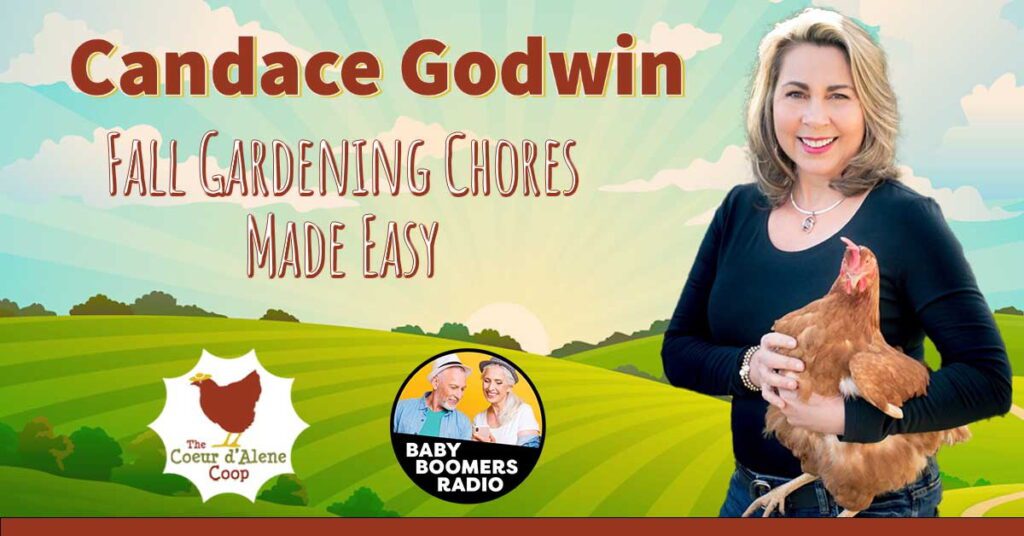
Fall gardening chores don’t have to be a chore! In this episode I’ll share ways that you can minimize your garden cleanup while helping the beneficial insects that live in your yard. Plus, I share advice on weeding and mulching, the importance of enriching your garden soil in the fall, dividing perennial flowers, and my favorite fall garden activity, planting garlic!
Listen to Fall Gardening Chores Made Easy
Show Notes
Put Out the Welcome Mat!
Let’s try something new this fall… let’s not rake up every last leaf all and cut back all the flower stems. Let’s get a little wild… in fact, let’s re-wild a section of our garden and invite the beneficial insects and native to nest and overwinter in our yards. It can be as simple as leaving the fallen leaves lay in a garden bed or creating a rock or brush pile in an inconspicuous corner of your yard. Most beneficial insects don’t migrate, so invite them to overwinter and live in your garden this year! For more information read: Nesting and Overwintering Habitats for Beneficial Insects from the Xerces Society.




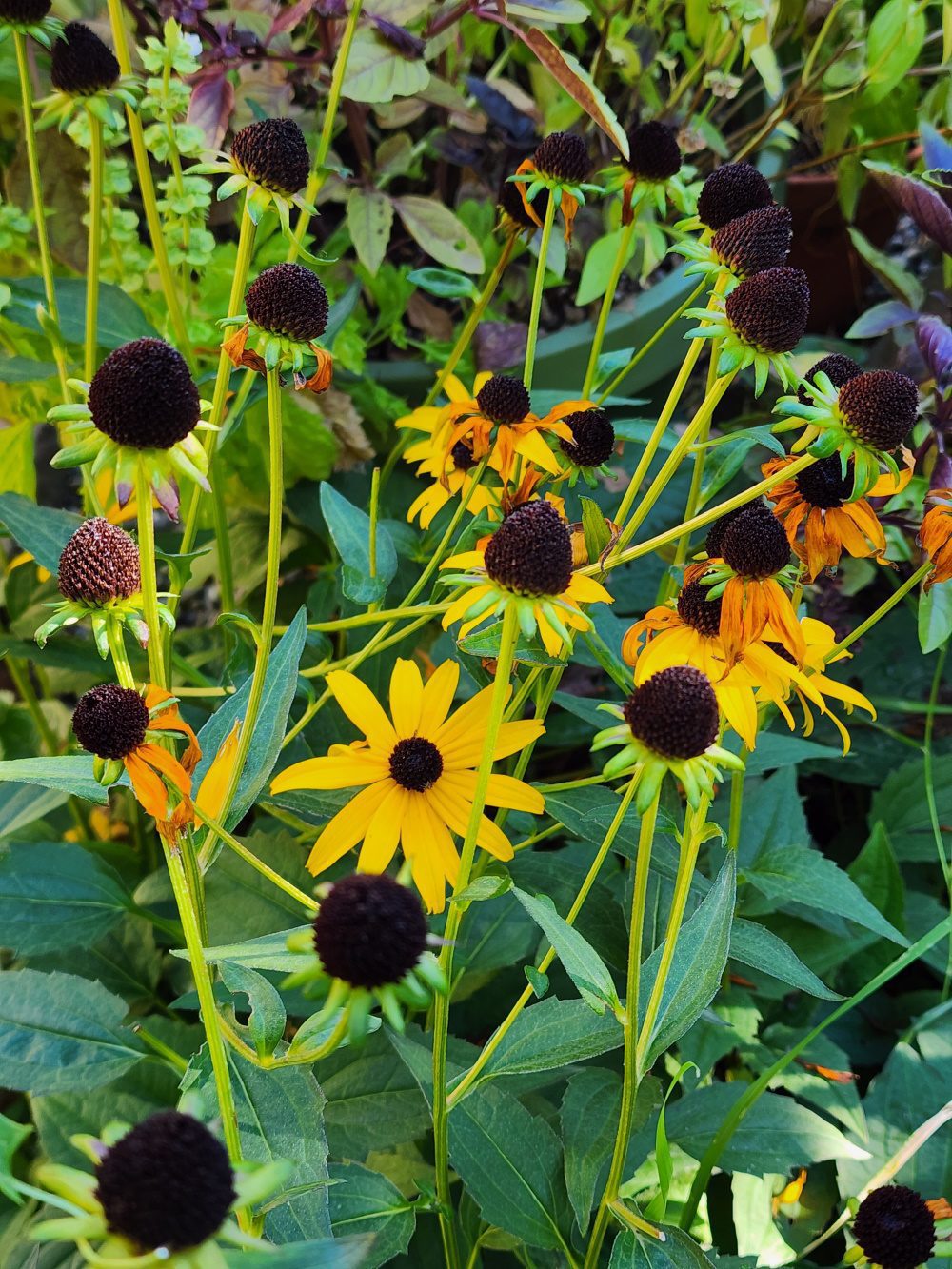
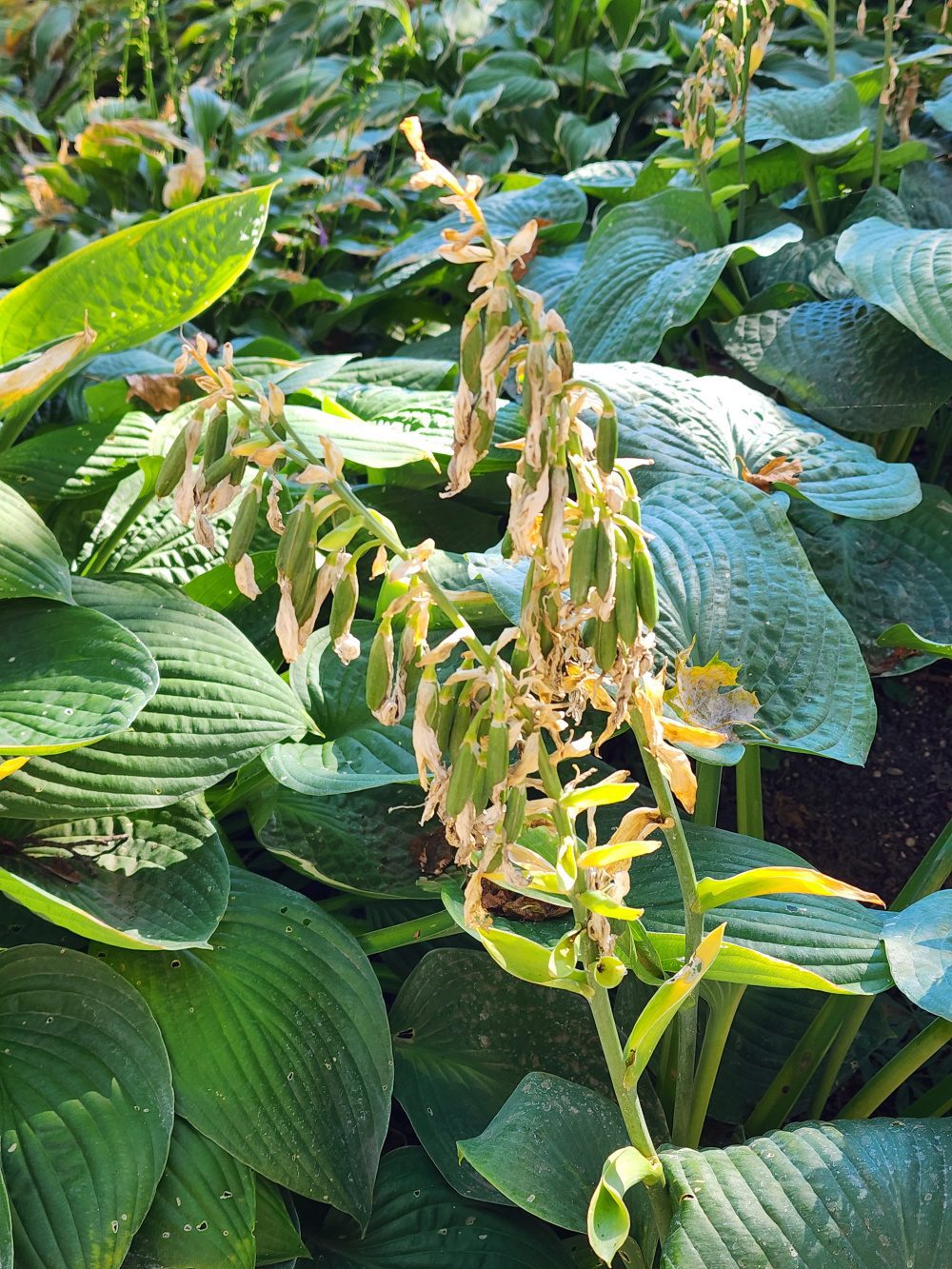
Enriching the Soil in Fall
Your garden’s soil is the very foundation upon which everything else is built – without healthy soil, you simply won’t be able to grow healthy plants. After a long growing season of sustaining your garden’s plants, the soil can become depleted of essential nutrients. By adding organic matter back to the soil, you are replenishing those nutrients.
Compost, rotten manure, and leaf mold will feed the organisms in your soil all winter, and as this material is broken, down nutrients are returned back to the soil. Another way to enrich you soil is to “chop and drop” spent plant material. If the plant material is disease-free, instead of pulling the plants out of the ground and composting them, cut them off at the ground level, leave the roots in place and allow the plant material to drop and become mulch over the winter.
Read more about the benefits of adding compost to your garden in fall: Compost in the Fall Garden: Why It’s Important.
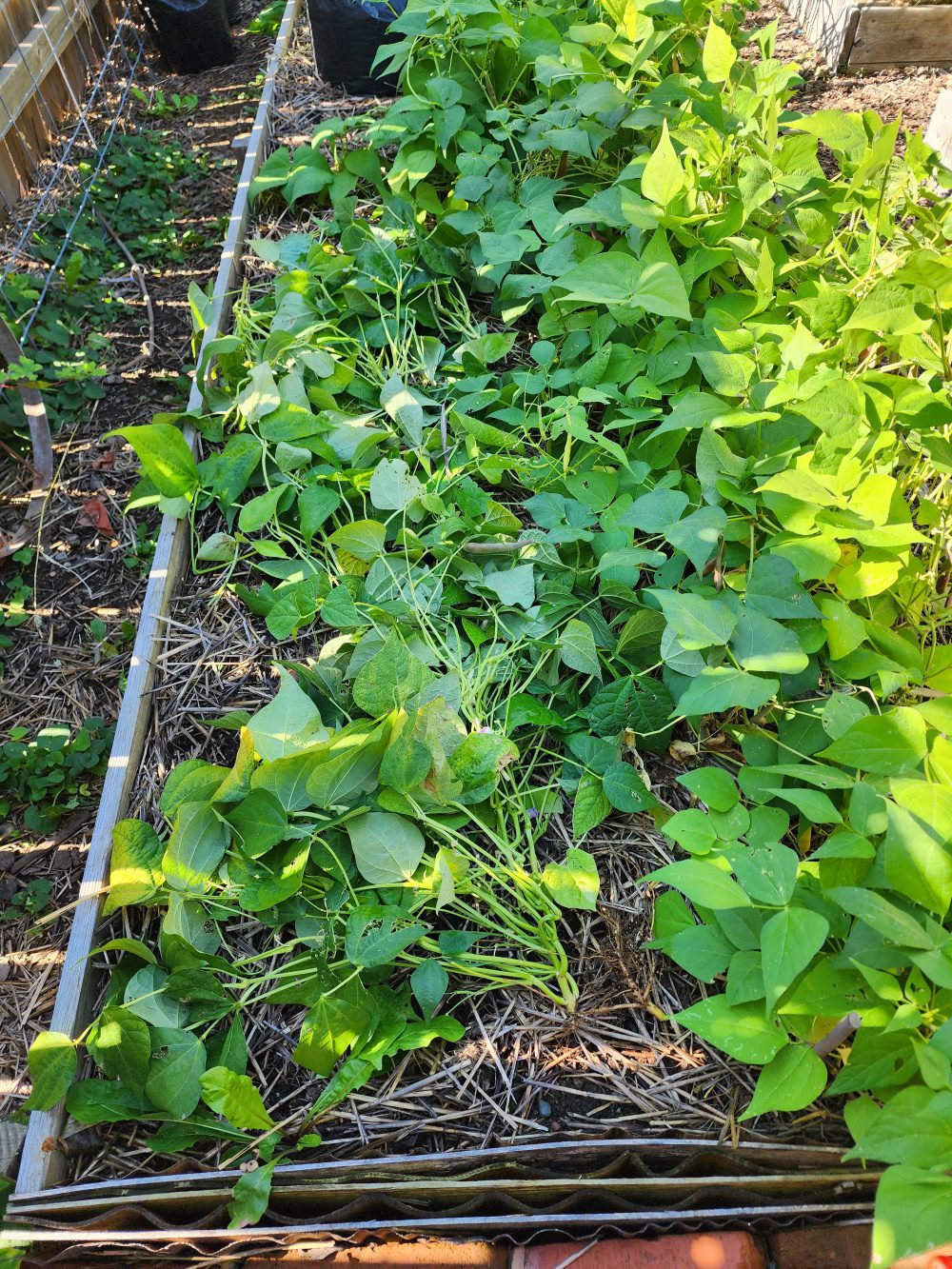
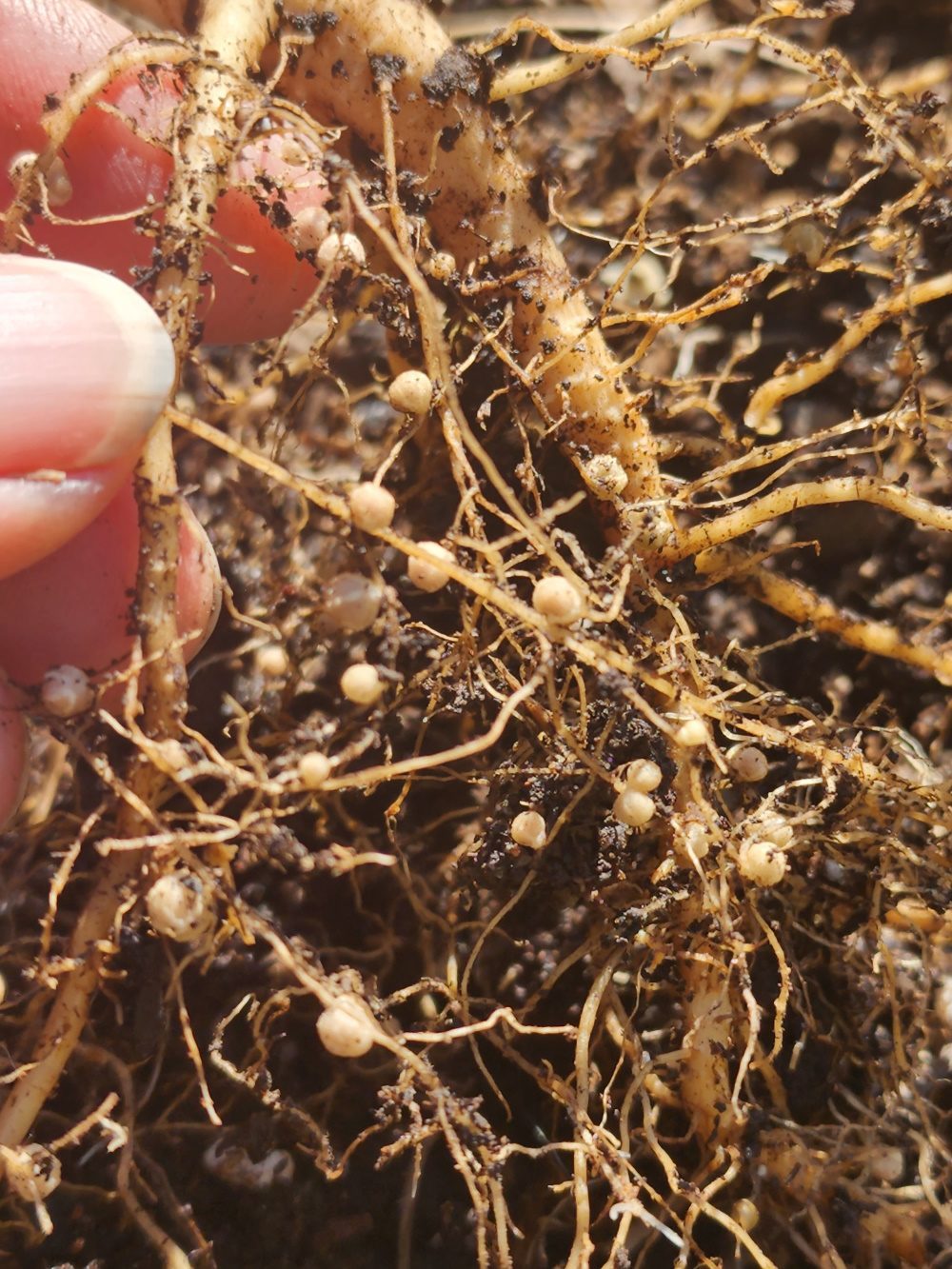
Fall is for Garlic!
Nothing compares to the freshness and pungent flavor of home-grown garlic! Once you experience just how incredibly fresh and juicy garlic tastes when it’s grown in your own garden, you’ll never want to buy garlic from the grocery store again. Promise!
Garlic is one of the easiest vegetable crops to grow too. It’s planted in the fall (typically) and harvested the following summer — usually in July. To learn more about the best types to grow for your area, along with planting and harvesting tips, and a few recipes, check out my Growing Garlic Series on my blog. If you’re looking for a source for certified organic seed garlic for planting, please visit Mountain Valley Organics.
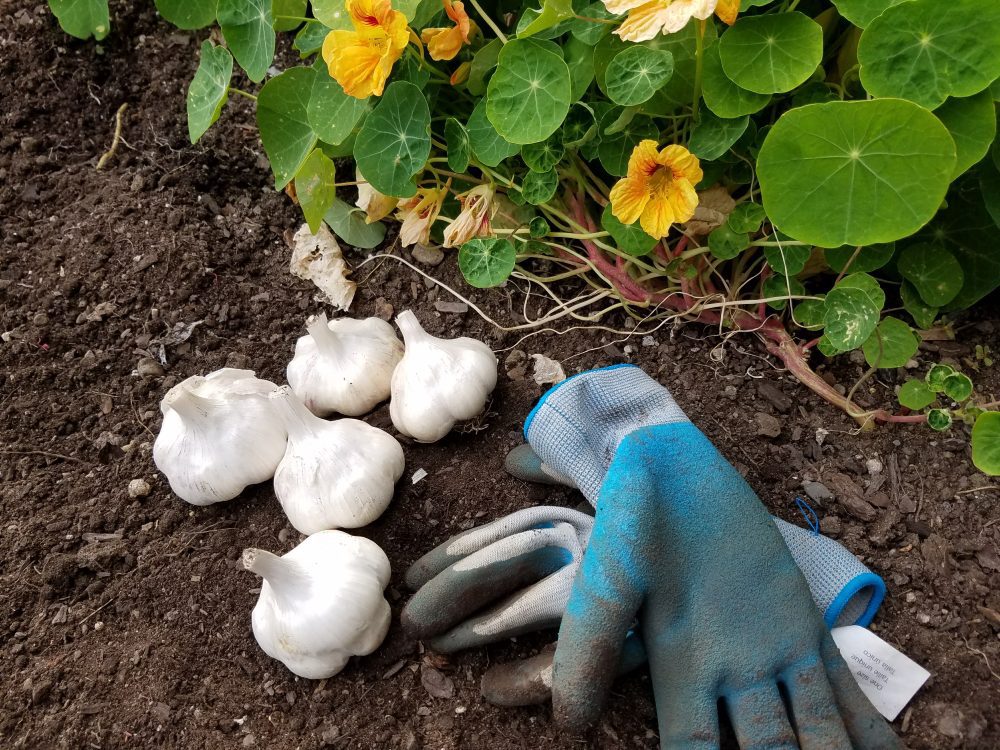



Leave a Reply